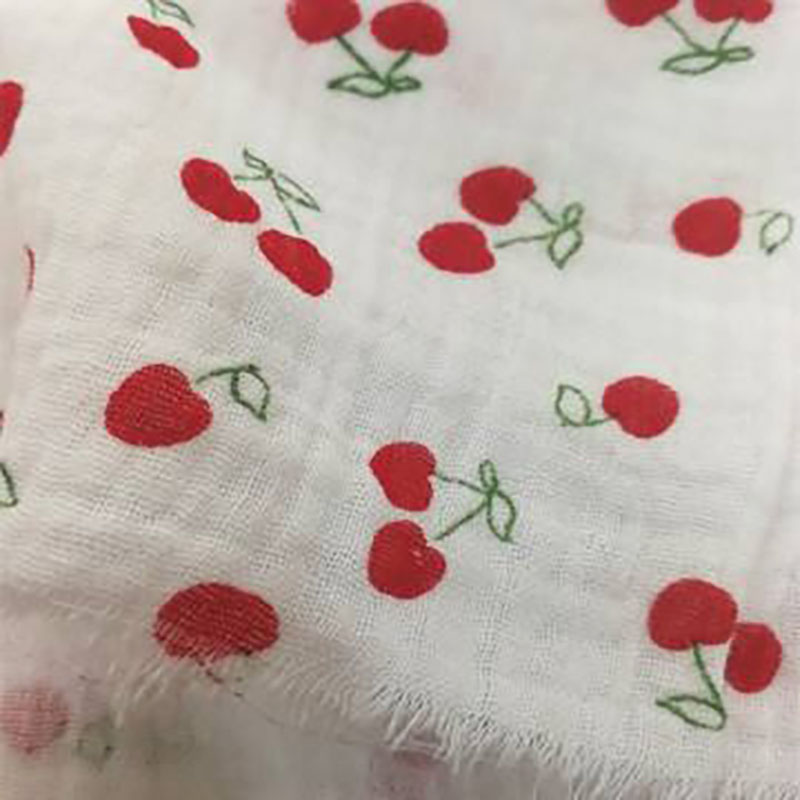The shirt, a seemingly simple garment, has undergone a remarkable evolution throughout history. Originating as an undergarment in ancient times, shirts have transformed into essential clothing items that reflect personal style, cultural identity, and social status. This article explores the rich history and cultural significance of shirts, tracing their development from ancient garments to modern fashion staples.

Historically, shirts can be traced back to ancient civilizations, where they were made from simple materials like linen and cotton. In medieval Europe, shirts were often worn as a base layer beneath heavier garments. Their design evolved to incorporate various styles, from the plain, functional designs of the past to the ornate and tailored creations popularized during the Renaissance.

In contemporary society, the shirt remains a powerful symbol of identity. Whether in professional settings or casual encounters, shirts convey messages about culture, class, and individuality. From the classic white dress shirt associated with formal occasions to graphic tees that express personal beliefs, the shirt continues to evolve while retaining its cultural significance.

The evolution of shirt styles is reflective of broader fashion trends. Various cultures have adopted and adapted shirts to suit their tastes, contributing to a diverse range of designs, fabrics, and patterns. As sustainability becomes a focal point in the fashion industry, the demand for ethically produced shirts continues to rise, signaling a shift in consumer values.

In conclusion, the history and cultural impact of shirts reveal their significance in both personal expression and societal norms. As we continue to navigate the complexities of fashion, it is essential to recognize the shirt’s journey from a basic garment to a canvas for self-expression and identity.

